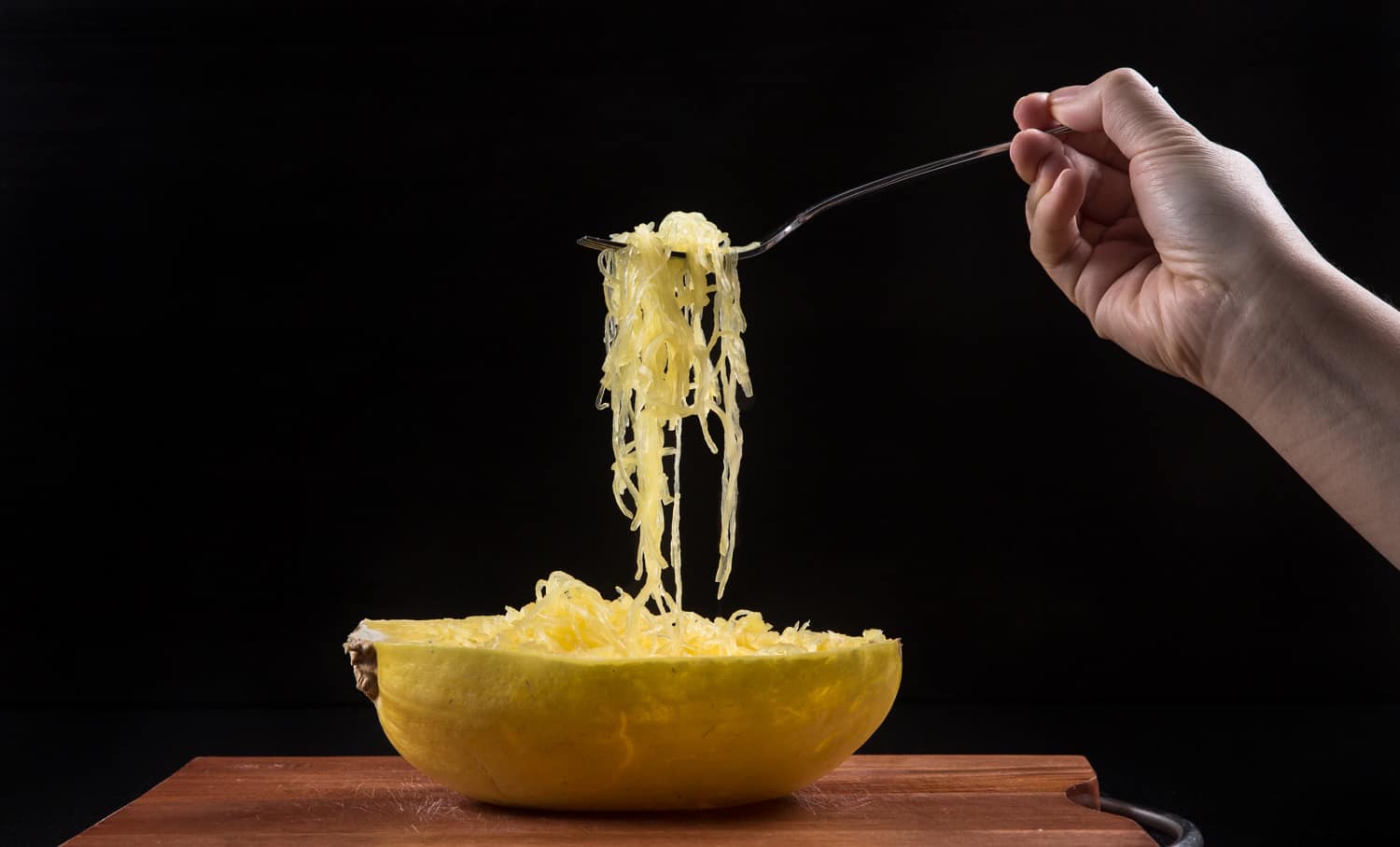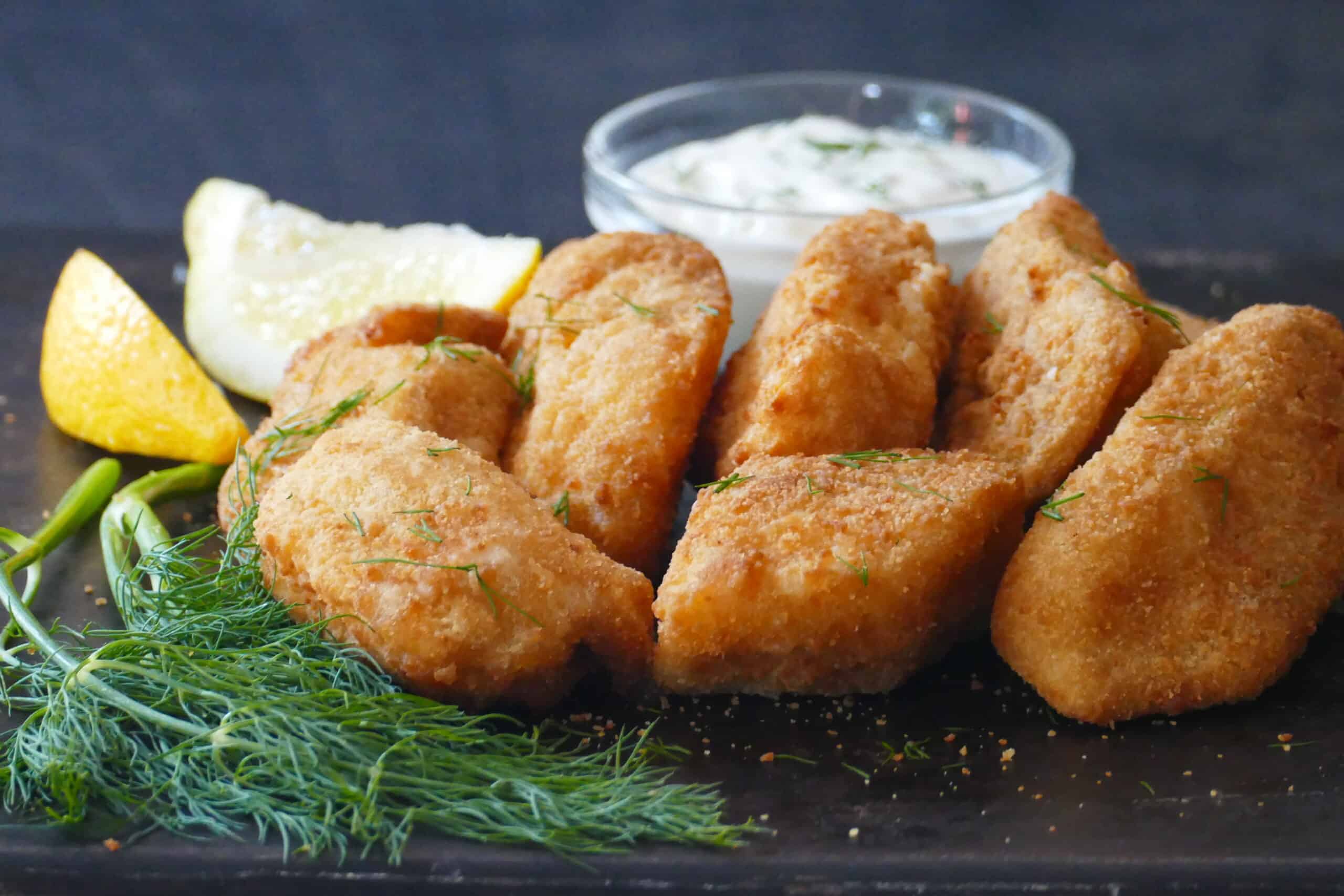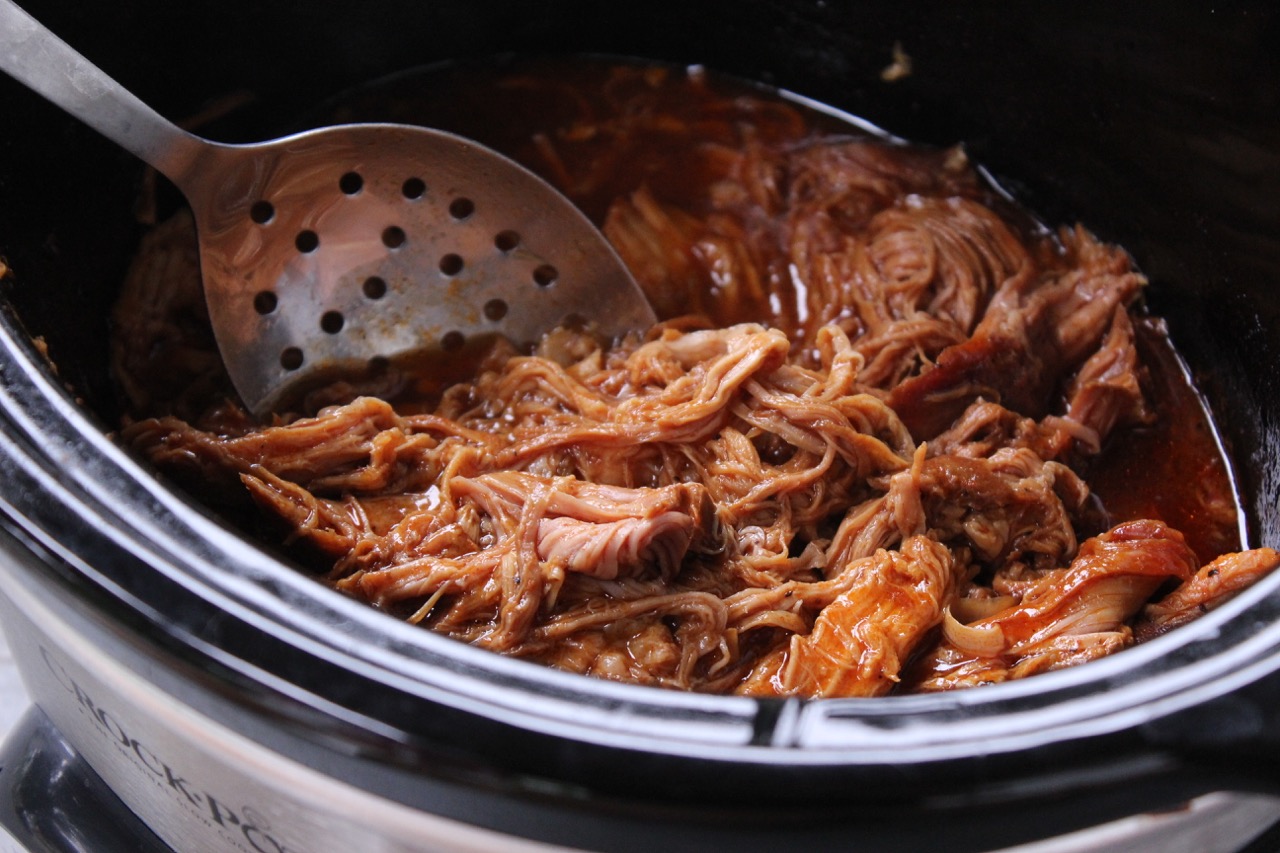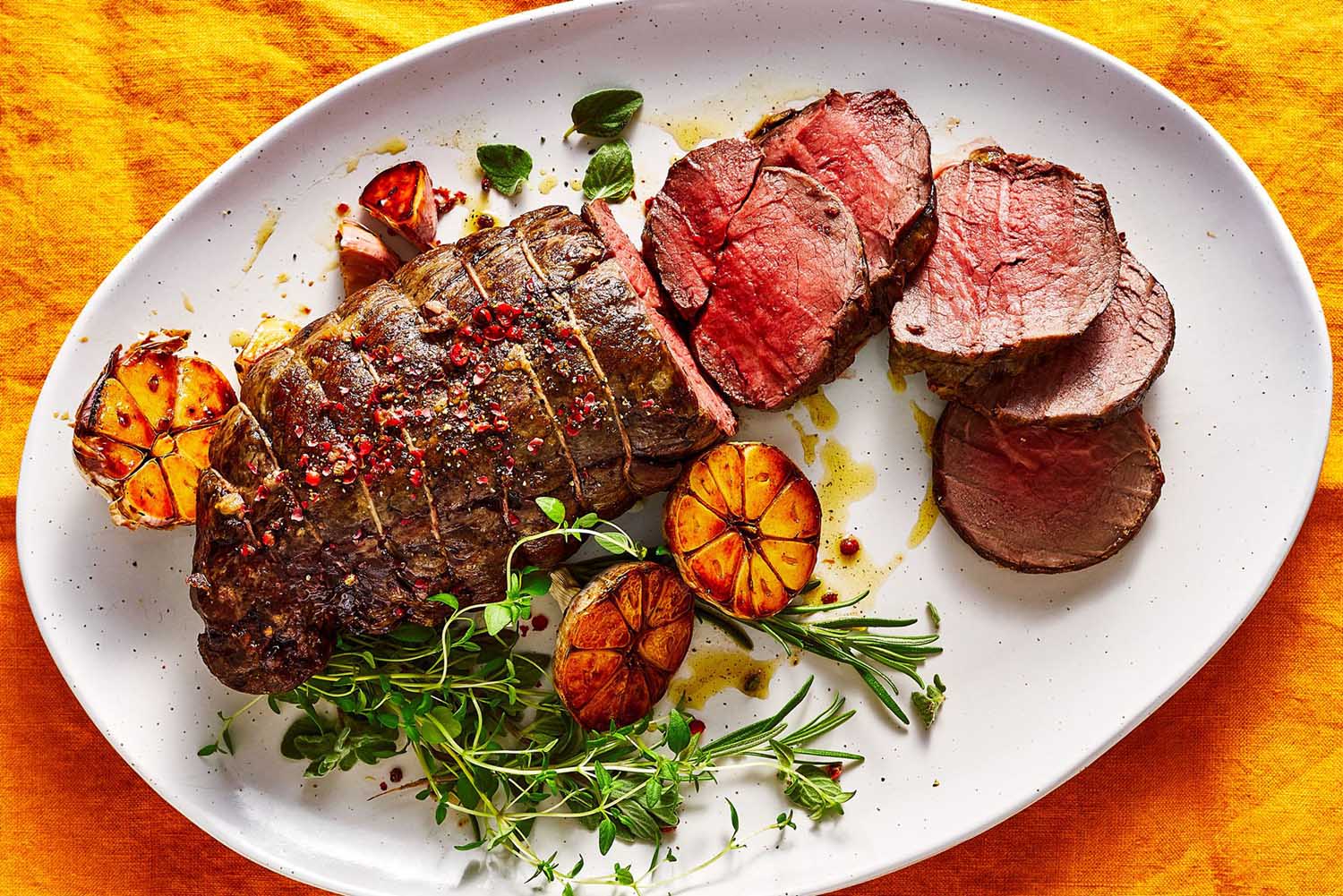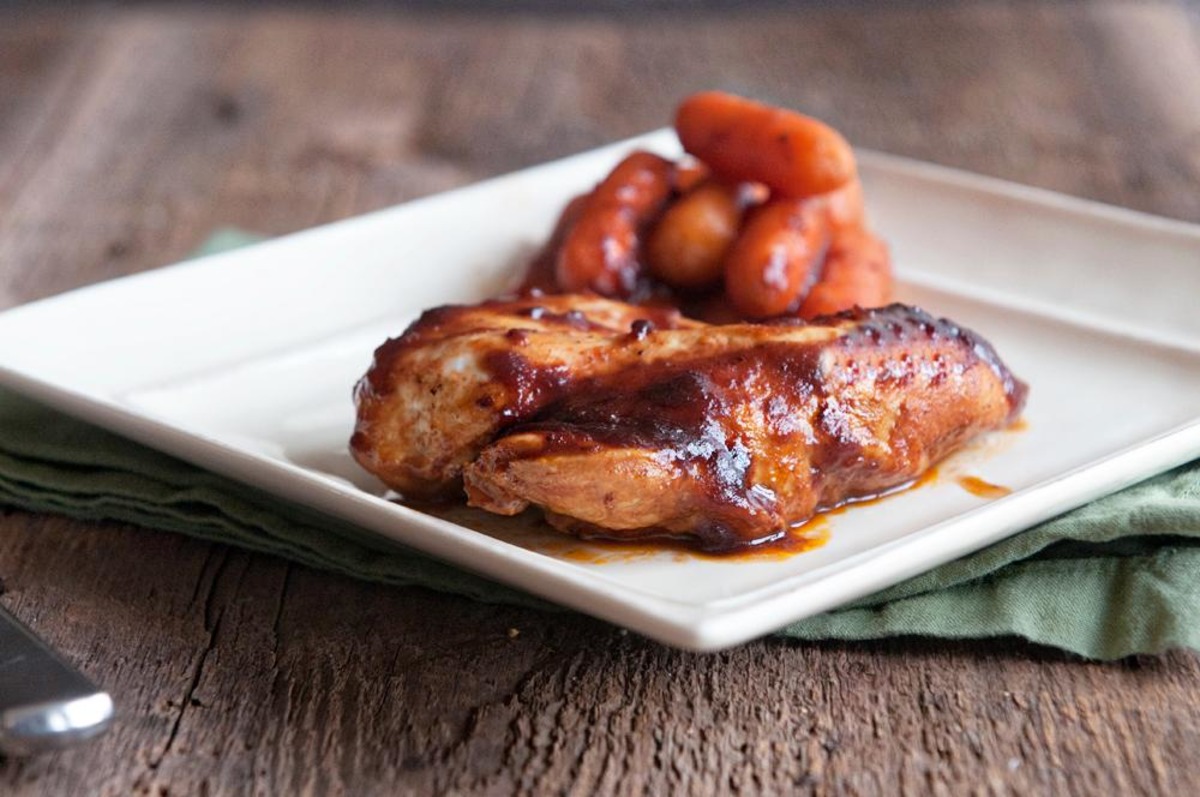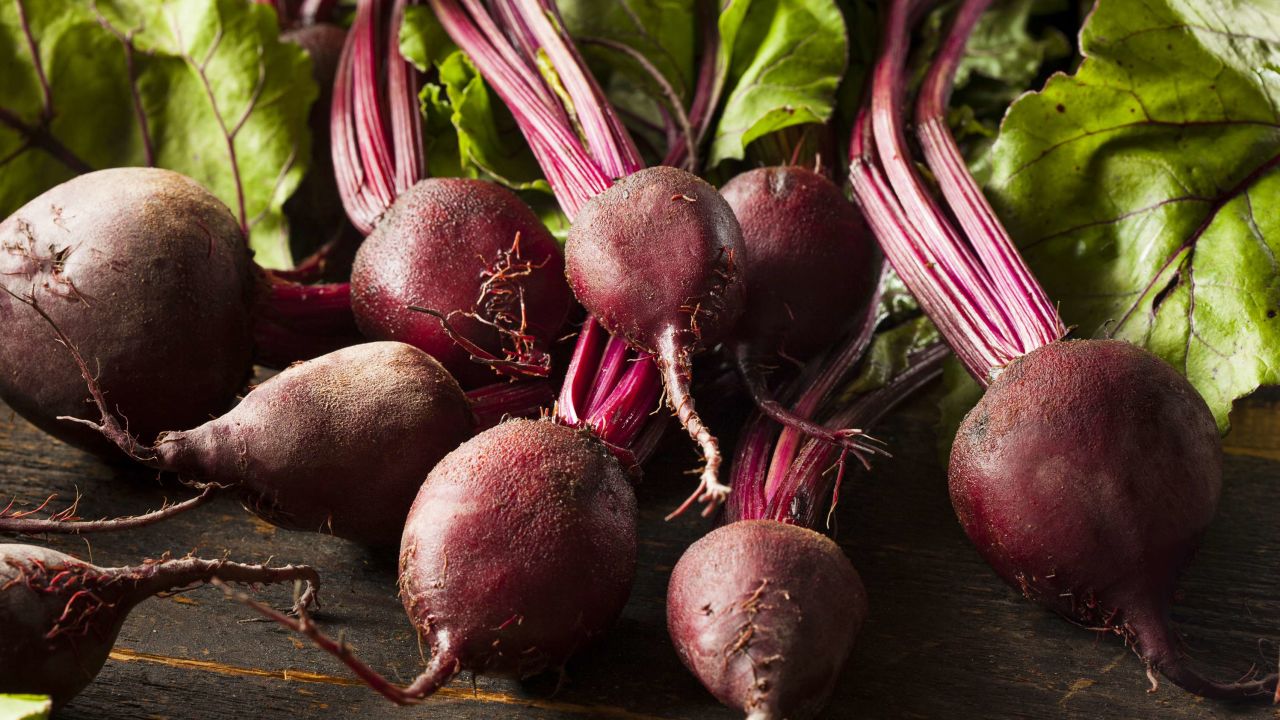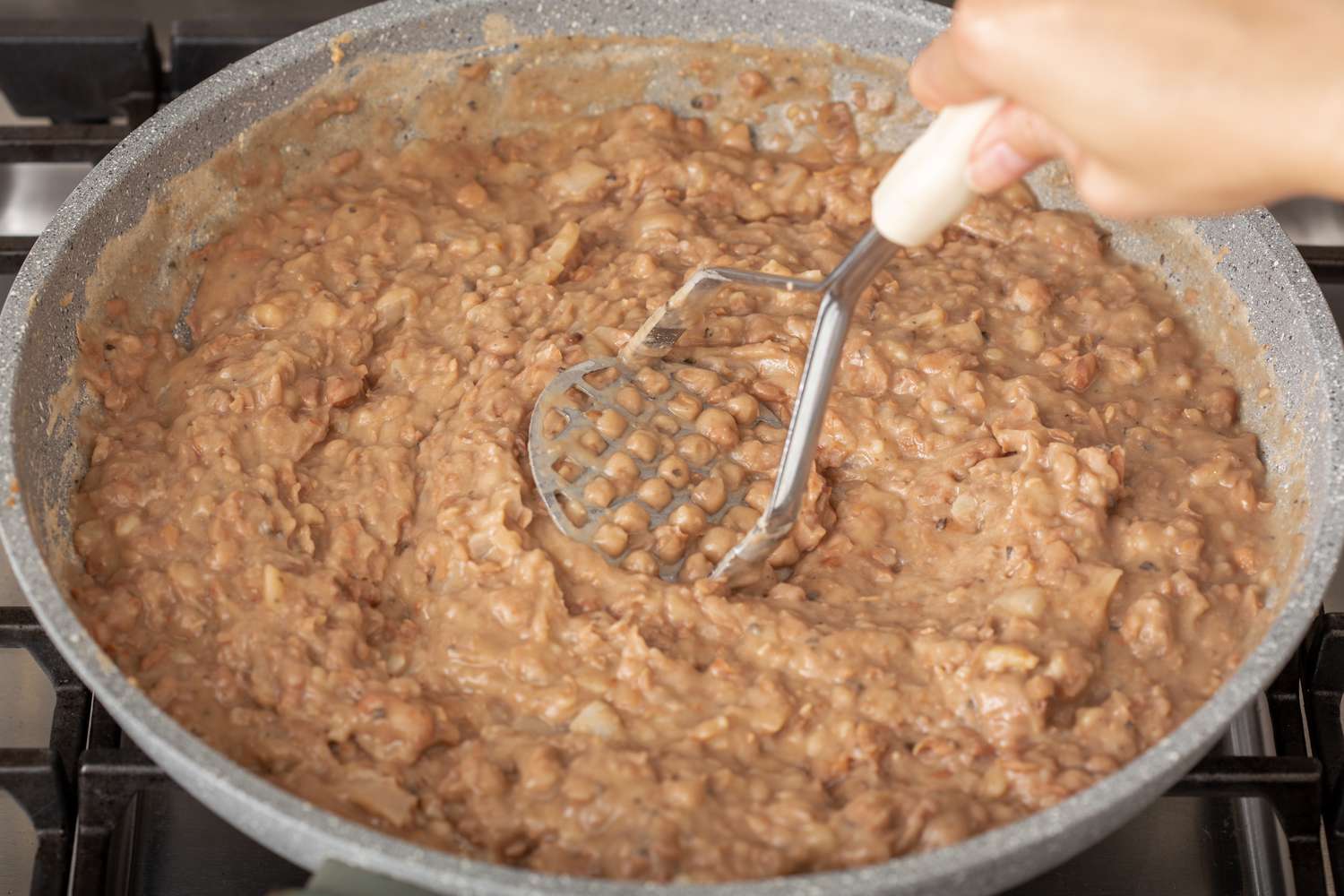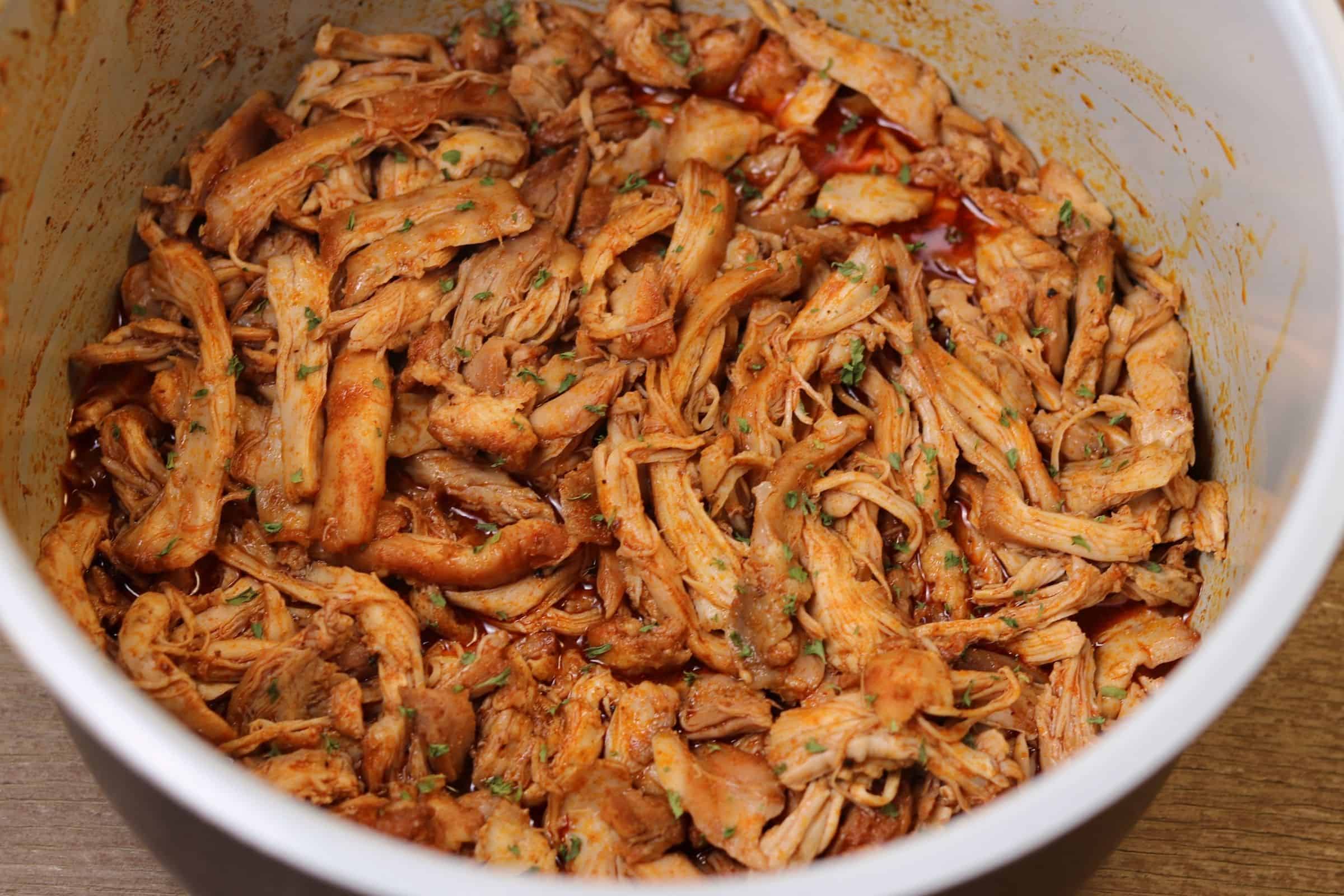How To Cook Italian Sausage For Pasta
Are you craving a delicious and hearty pasta dish? Look no further than Italian sausage. With its bold flavors and versatile nature, Italian sausage is the perfect ingredient to elevate your pasta dish to a whole new level. In this article, we will guide you through the steps of cooking Italian sausage specifically for pasta.
1. Choose the Right Sausage
The first step in cooking Italian sausage for pasta is selecting the right type of sausage. There are various options available, such as sweet Italian sausage, hot Italian sausage, or even mild Italian sausage. Consider your personal preference and the flavor profile you want for your pasta dish. Remember, bold flavors work well with pasta.
2. Prep the Sausage
Before cooking, it’s essential to prep the sausage properly. Start by removing the casings, which are typically made from edible materials like collagen or cellulose. To remove the casing, gently cut through the length of the sausage with a sharp knife and peel it off.
3. Choose Your Cooking Method
When it comes to cooking Italian sausage for pasta, you have a few options. You can grill the sausage for a smoky and charred flavor or sauté it on the stovetop for a crispy exterior. Another method is baking the sausage in the oven, ensuring an even and thorough cooking. The choice is yours!
4. Cook to Perfection
Regardless of the cooking method you choose, it’s crucial to cook the Italian sausage to perfection. Make sure the sausage reaches an internal temperature of 160°F (71°C) for safe consumption. Use a meat thermometer to check the temperature and ensure that it is cooked thoroughly.
5. Incorporate into Your Pasta Dish
Now that your Italian sausage is cooked and ready, it’s time to incorporate it into your pasta dish. You can slice the sausage into bite-sized pieces and toss it with your cooked pasta, along with your favorite sauces, vegetables, and herbs. Don’t forget to add a sprinkle of grated Parmesan cheese for added flavor!
6. Experiment with Flavors
Italian sausage brings bold flavors to the table, but don’t be afraid to experiment and add your own twist to the dish. Try mixing different types of Italian sausage, such as combining sweet and hot sausages for a delightful kick. Additionally, you can enhance the flavors by adding garlic, onions, or even a splash of red wine.
7. Enjoy the Deliciousness
Finally, sit back, relax, and indulge in the deliciousness of your Italian sausage pasta dish. Let the flavors of the sausage infuse with the pasta, creating a mouthwatering experience that will satisfy your taste buds.
So, the next time you’re craving a comforting pasta dish, remember these simple steps on how to cook Italian sausage for pasta. With a little bit of know-how and creativity, you’ll be able to create a dish that will impress your family and friends.
Happy cooking!
Was this page helpful?
Read Next: How To Cook Thick Asparagus
Musänica Bands
Musänica, is an up and coming music platform, allowing users to find and enjoy music from the world’s most diverse creator community. The platform has gained a reputation for its distinctive content and services, which includes the opportunity to share music and find breakthrough tracks, raw recordings, podcasts, and more. Musänica gives musicians and audio artists the ability to share and monetize their work with a global audience while also receiving extensive statistics and comments from the Musänica community.

